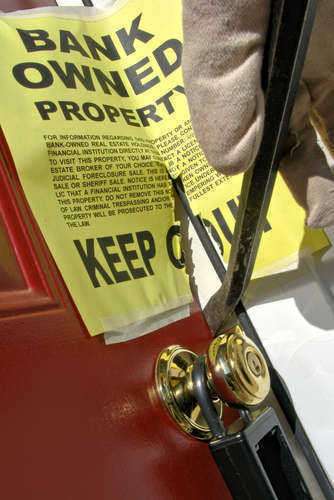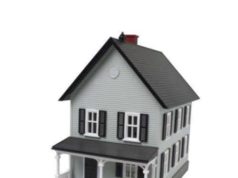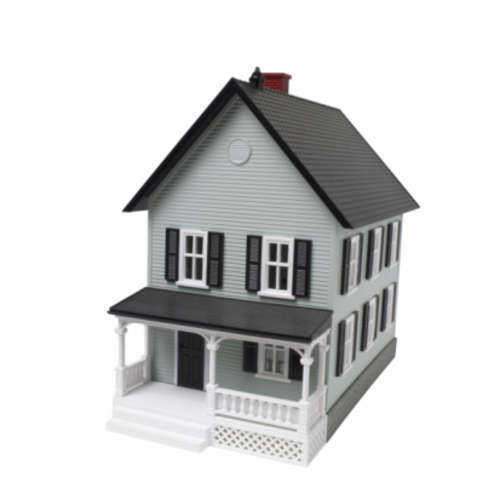
Repossession is the act of repossessing a given piece of property which was used as collateral for a given loan, or that was rented or leased, instead of being sold in its entirety. Repossessed property, then, is the property which is taken back by the repossessing party. In understanding the basic nature of repossessed property, it is important to comprehend that there is a difference between repossessed property and other forms of collateral.
For something to be considered repossessed property, that piece of property must always have been owned by the party that eventually repossesses the property. This is very significant, as property over which a given party has the right of ownership cannot be repossessed by another party. Repossessed property is specifically property that is taken back by the party that has full rights to that property.
Repossessed property is taken back normally because the possessor (not the owner/repossessor) failed to make some payment according to the plan associated with the repossessed property.
In such cases, the owner/repossessor may repossess the property without needing any kind of court injunction, as it has full rights to the repossessed property. The party taking back the repossessed property will likely sell that property in order to make the money which the possessor had not paid within the deal for the property.















